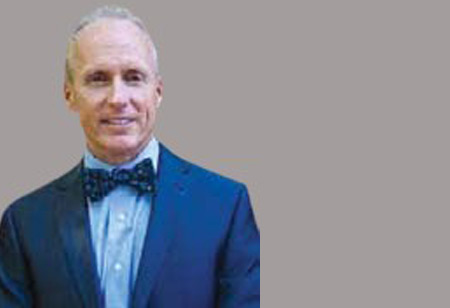The numbers are somewhat staggering. By 2026, 21% of family medicine, pediatric and OB/GYN physicians, which comprise about 32,000 doctors will be 65 or older. It is estimated that 23,000 of those physicians will leave the profession permanently. The Association of American Medical Colleges projects a shortage of 124,000 physicians by 2034. At the same time, demand for primary care providers is expected to grow by 4%.
PAs and NPs, also known as Advanced Practice Providers (APPs) are expected to be part of the solution. Roughly, 40,000 PAs and NPs join the medical workforce annually. PAs are master’s or doctorate educated providers that are trained in the generalist medical model, often side by side with their physician counterparts. PAs are required to pass a national certifying exam and recertify every 10 years. Nurse Practitioners (NPs) are also trained at the master’s or doctorate level, after completing nursing education and are required to pass a national NP board certification in the specialty field of their choice.
It takes approximately 11 years of post-graduate education to begin practice as a physician. Advanced Practice Providers can begin their careers in 6 to 8 years. Though not a requirement to practice, many PAs and NPs are adding to their training with a 1-year Fellowship in the specialty of their choice. The estimated cost of medical education for physicians is approximately $150,000-$300,000, in addition to costs of undergraduate studies, while the costs of PA graduate education ranges from $25,000-$100,00 in addition to undergraduate degree . NP education can cost roughly $25,000- $50,000 after nursing school. Physicians can sometimes accrue education debt as high as $500,000 when including undergraduate and medical school loans. With the excessive costs of medical education, many physicians are choosing specialty care instead of primary care due to the increased earning potential with specialty care.
Medical and nursing practice regulations for PAs and NPs are currently made at the state level and vary greatly throughout the nation. Depending on the state in which you practice, there may be cumbersome administrative restrictions which are placed on the advanced practice provider.During the recent Covid-19 pandemic, short term state legislative changes were passed in many states to temporarily remove these restrictions.



